The Department of Agriculture has said it does not know how many derogation farmers are to be impacted by the latest expansion of the 220kg organic nitrogen/ha stocking zone due to other nitrates rule changes affecting stocking rates.
“The recent changes in nutrient excretion rates for calves and animals under two years of age, as well as the option for farmers to receive recognition for managing crude protein in concentrates fed to their dairy cows will influence the number of farmers impacted by this change in the derogation stocking rate limit, so it is not possible to determine exact numbers based on historic data.”
A recently-published map shows areas in east Kerry, north- and mid-Cork, west Waterford and Wexford that will see top derogation stocking rates reduced to a maximum of 220kg N/ha from 1 December this year.
This gives these areas an effective yearly stocking rate limit of 247.5kg N/ha for 2025.
The Department told the Irish Farmers Journal this week that a December change to stocking rates allows farmers “time to prepare and manage their cows through the normal spring calving lactation cycle”.
Parts of Limerick, Kerry, Cork, Clare, Galway, Kildare, Wicklow, Waterford and Wexford will continue with the 250kg N/ha derogation stocking rate beyond December, as the map currently stands.

Maximum nitrates derogation stocking rate limits map 2025.
However, a significant portion of the area set to remain at 250kg N/ha on the face of the map are areas of hilly and marginal land not in dairy-strong parts of the country.
Nitrates rules also downgrade the allowable commonage nitrogen excretion rate to just 50kg N/ha for the purposes of calculating stocking rates.
The move to bring more areas into the 220kg N/ha derogation stocking rate limit came as part of a mid-term review of the current Nitrates Action Programme.
This mid-term review was delayed to well into the second half of the programme and a new plan will be drawn up in a bid to secure a further derogation beyond 2025, when the current plan and derogation expire.
Government’s Nitrates Expert Group had expected to get the ball rolling on developing the new plan early this year by getting its recommendations across to the relevant ministers by the end of March, but it appears that this target deadline has been missed.
The Department of Agriculture has said it does not know how many derogation farmers are to be impacted by the latest expansion of the 220kg organic nitrogen/ha stocking zone due to other nitrates rule changes affecting stocking rates.
“The recent changes in nutrient excretion rates for calves and animals under two years of age, as well as the option for farmers to receive recognition for managing crude protein in concentrates fed to their dairy cows will influence the number of farmers impacted by this change in the derogation stocking rate limit, so it is not possible to determine exact numbers based on historic data.”
A recently-published map shows areas in east Kerry, north- and mid-Cork, west Waterford and Wexford that will see top derogation stocking rates reduced to a maximum of 220kg N/ha from 1 December this year.
This gives these areas an effective yearly stocking rate limit of 247.5kg N/ha for 2025.
The Department told the Irish Farmers Journal this week that a December change to stocking rates allows farmers “time to prepare and manage their cows through the normal spring calving lactation cycle”.
Parts of Limerick, Kerry, Cork, Clare, Galway, Kildare, Wicklow, Waterford and Wexford will continue with the 250kg N/ha derogation stocking rate beyond December, as the map currently stands.

Maximum nitrates derogation stocking rate limits map 2025.
However, a significant portion of the area set to remain at 250kg N/ha on the face of the map are areas of hilly and marginal land not in dairy-strong parts of the country.
Nitrates rules also downgrade the allowable commonage nitrogen excretion rate to just 50kg N/ha for the purposes of calculating stocking rates.
The move to bring more areas into the 220kg N/ha derogation stocking rate limit came as part of a mid-term review of the current Nitrates Action Programme.
This mid-term review was delayed to well into the second half of the programme and a new plan will be drawn up in a bid to secure a further derogation beyond 2025, when the current plan and derogation expire.
Government’s Nitrates Expert Group had expected to get the ball rolling on developing the new plan early this year by getting its recommendations across to the relevant ministers by the end of March, but it appears that this target deadline has been missed.





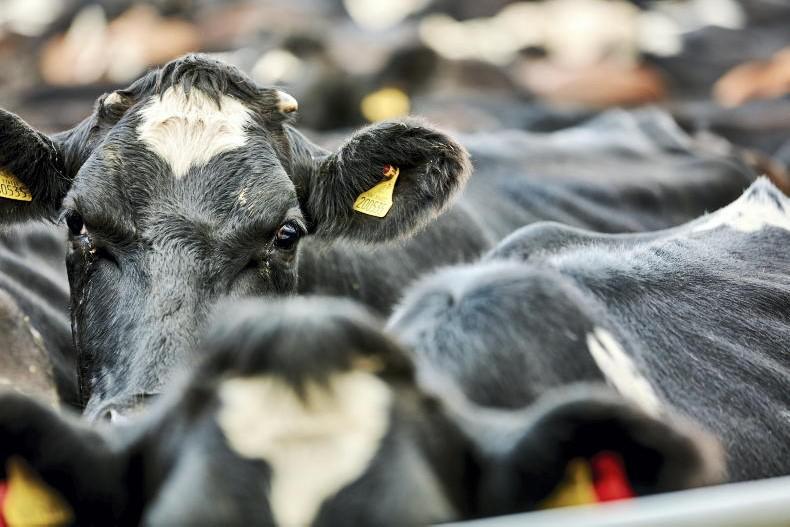
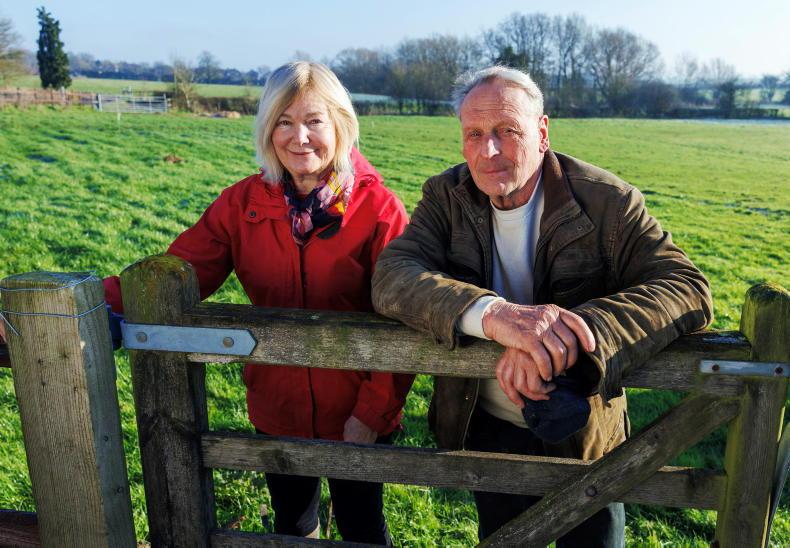

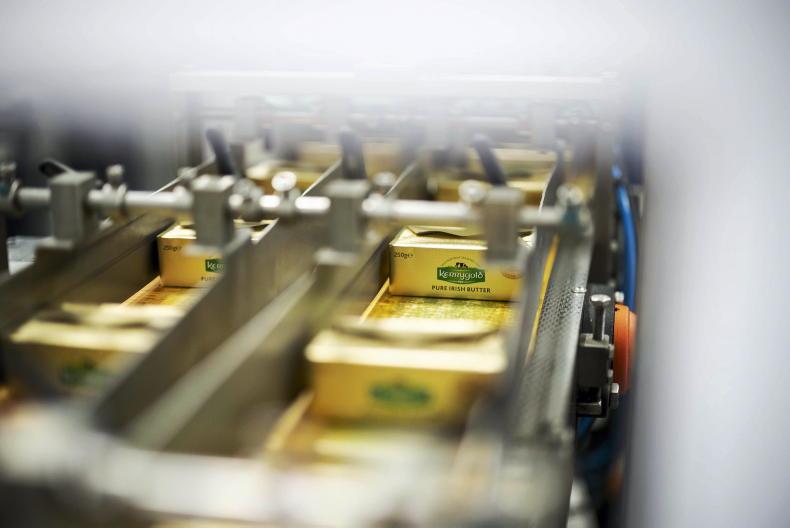
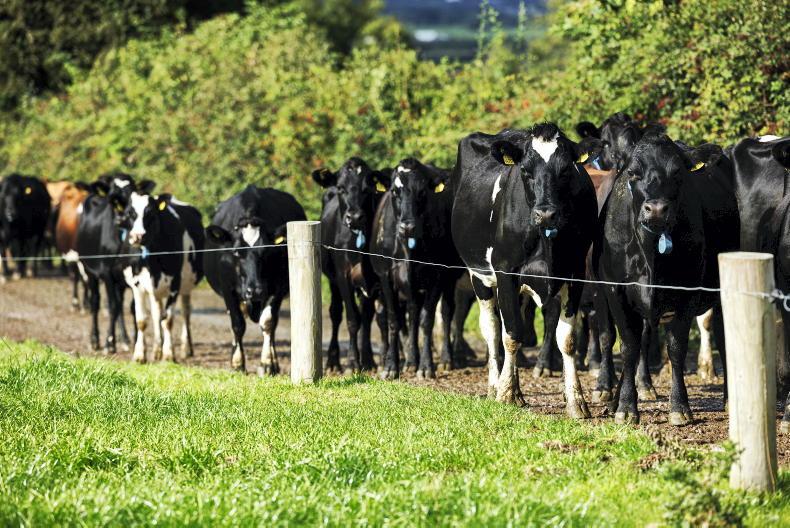
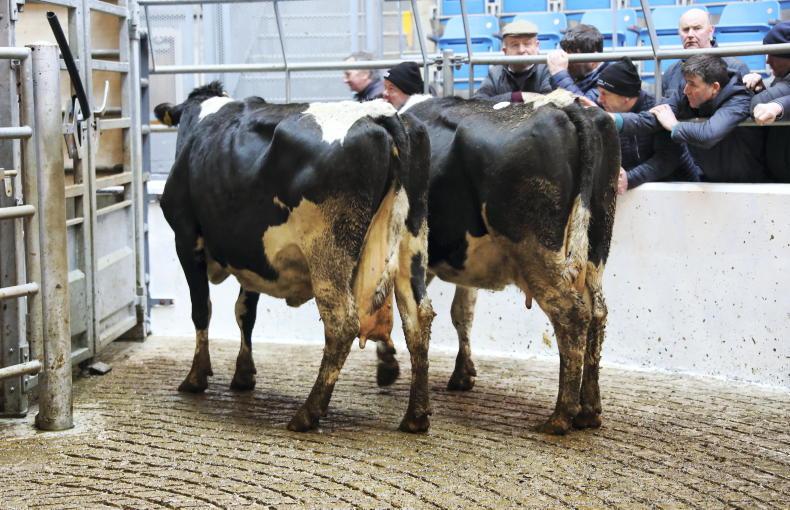
SHARING OPTIONS